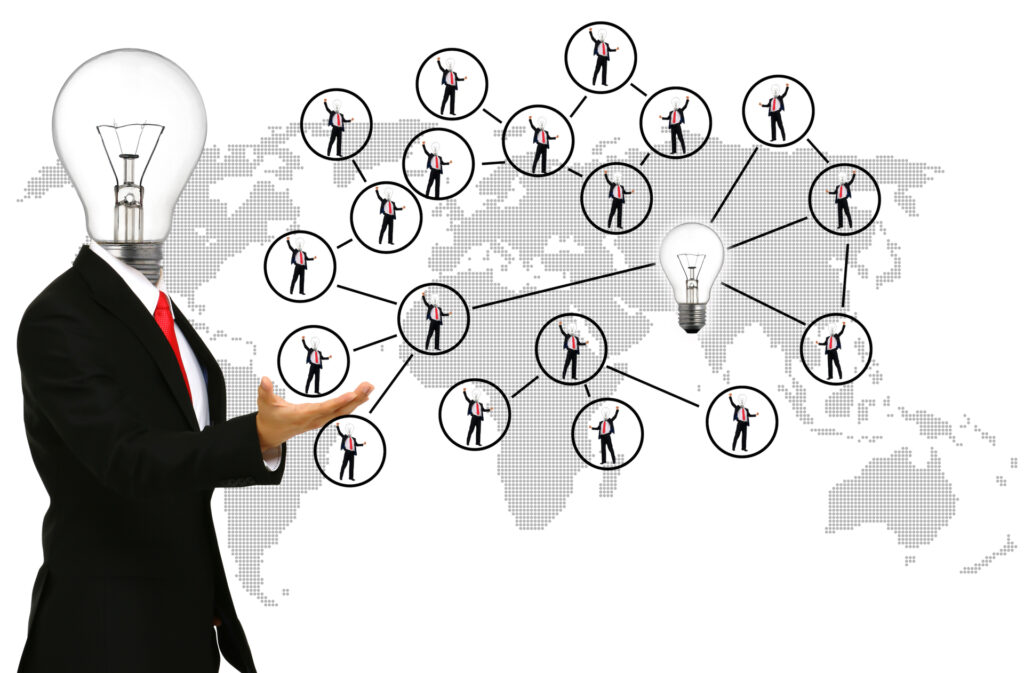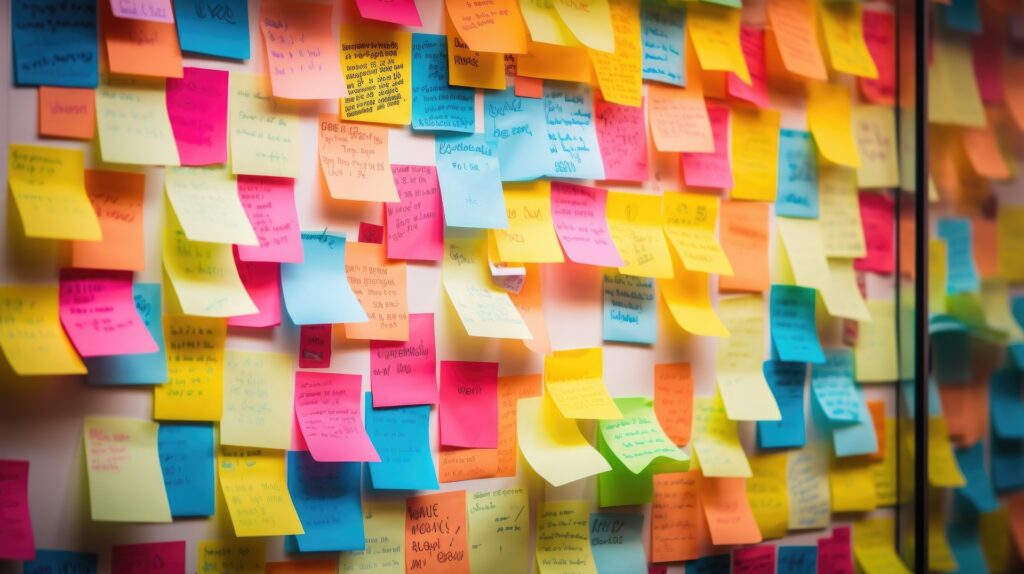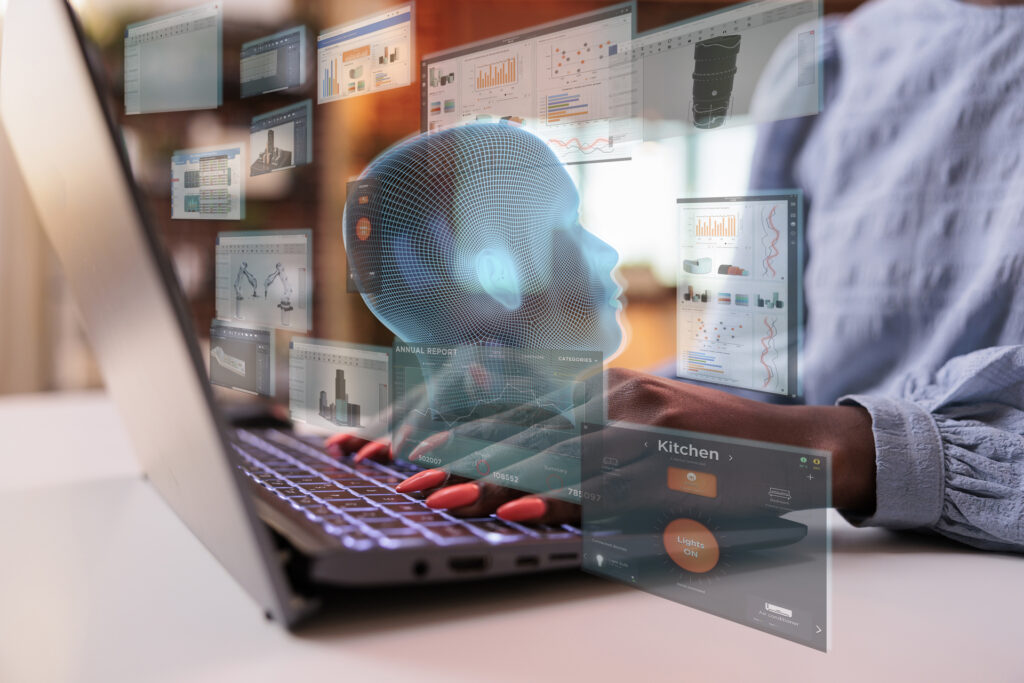Table of contents:
Key elements are involved in product discovery. It facilitates the exploration of ideas and the solidification of plans. Implementing essential tools is necessary to ensure its success. This blog post will reveal the essential tools for your project discovery phase, which will transform your basic ideas into a structured and actionable plan. But before we get into that, let us explore why product discovery is important and whether all projects require a product discovery phase.
Are There Projects That Do Not Require a Discovery Phase?
The project discovery phase is the most important part of any project. Ultimately, this phase establishes the objectives, methods, and motivations for the project. However, with its high-level importance, one might ask, “Do all projects require a discovery phase?” In a simple, straightforward reply, the answer is yes. However, let us elaborate.
If you are starting a small, straightforward project, you might believe you can ignore or exclude the discovery phase. You may feel that moving into the development stages is no big deal since the scope is small and the resources are evident. The truth is that carrying on with this approach might backfire with severe consequences. You can’t just organize your team and plunge in without any bit of preparation.
It doesn’t matter the size of the project; even a small project still needs a project discovery stage. Budget constraints for small projects might not necessitate extensive product discovery. However, you can adopt a simplified approach that bases requirements on the needs of the development process. Skipping the discovery phase risks missing out on valuable insights that could save time and money later.
For more complex, big-budget projects, you can’t just begin without a clear plan or line of action. For instance, in software development that involves a lot of stakeholders, multiple teams, and goals, you need a structured discovery plan that aligns everyone with the project’s common goal. You can identify bottlenecks and potential risks and set realistic expectations. Proceeding otherwise could cause major disruptions and disasters.
Therefore, while some projects may require a less formal discovery process, removing this phase can result in scope creep, unchecked assumptions, and missed deadlines. All of these issues can put the entire project in jeopardy.
Essential Tools for a Successful Project Discovery
Given its importance, project discovery isn’t just talking and brainstorming. There are necessary tools that help you communicate with your project team, structure your findings, and make better and more effective decisions. We will explore these essential tools that can improve your product discovery techniques to ensure your project’s success.
#1 Collaboration Tools
Collaboration is at the core of a successful project discovery. The various teams, from development to design to marketing, must maintain seamless communication. During this stage, communication tools become essential, particularly when the majority of team members operate remotely. You can use tools like Slack, Microsoft Teams, or Trello, which provide platforms for real-time collaboration among teams in an organization.
You can share files, manage task sharing, and keep everyone connected and on the same page with these tools. They also help foster open communication, brainstorming sessions, and a feedback loop, which is vital during the discovery phase. The ease of communication these tools enable allows for faster solutions to problems and reduces misunderstanding and confusion in the project discovery process.
#2 User Stories: Focus on the End-User
User stories are another essential tool in product discovery techniques. They describe how the end users will interact with your product. These simple and informal stories enable the project team to understand users’ needs and, more precisely, align the project goals to their real-world requirements.
User stories typically follow a simple structure: The project teams create a hypothetical user, identify their preferences and needs, and then develop products that address the users’ problems. During the discovery phase, user stories allow teams to focus on delivering products that add value to users.
They ensure they prioritize features, identify gaps, and build products with a deep understanding of users’ needs. User needs are an integral part of both the project discovery phase and the broader product discovery framework, which ensures the delivery of what matters most: value to who matters most: your users.
#3 Project Management Software
You need a robust and effective tool to manage the various moving parts of a project discovery phase. This is why project management software is essential. Some efficient software programs for the discovery phase are Asana, Jira, and Monday.com. These popular platforms allow teams to track progress, manage tasks, and assign responsibilities during discovery.
You can also use these tools to break down the discovery phase into manageable tasks, assign deadlines, and monitor progress. It keeps everything organized for you, whether documenting requirements, planning sprints, or tracking stakeholder feedback. This software guarantees the inclusion of all crucial steps in the discovery phase.
#4 Mind Map: Organize and Visualize Ideas
The mind map is another powerful tool in the project discovery process. It is a simple and very effective diagram that organizes and structures ideas. It clearly visualizes the relationships between different concepts, tasks, and priorities. This tool can simplify the complexities of dealing with several pieces of information during the discovery phase.
Additionally, mind maps divide the project into various components and visually depict their interconnections. These include the objectives, components, roles, and user needs. Teams can ensure they touch all aspects of the discovery phase by using a central topic (like the project goal) and branching out into related ideas.
You can use mind maps for product discovery frameworks to create user personas, explore potential product features, and understand market requirements. This holistic view will enable the project team to identify potential risks early on and avoid scope creep later in the project.
#5 Design Concept: Visualize the Product Early
The design concept is one of the best ways to validate product ideas during the product discovery phase. This tool can take the form of wireframes, prototypes, or early design sketches. The purpose of this visual representation of the end product is to enable the stakeholders and project team members to understand the vision of the final product before development begins.
Incorporating this tool during the discovery phase enables teams to assess the product’s visual appearance and user-friendliness, test ideas, gather feedback, and make adjustments early in the process. It’s instrumental in product discovery techniques, where it is important to understand how users will interact with the product in real time.
For instance, you could create a concept design for a mobile application. This design can include wireframes of key screens, a rough user journey, and the initial color palette. Having this concept represented to the stakeholders early in the discovery phase can provide insights for necessary improvements before proceeding with the development.
How We Can Help
North South Tech recognizes the critical importance of the project discovery phase. We’ve seen firsthand how this crucial step can prevent financial setbacks and disappointments across software development, product creation, and service design. Our approach integrates a suite of essential tools—from cutting-edge collaboration platforms to innovative design concepts—to set your project on the path to success.
We don’t just talk about project discovery; we live it. Our team has refined a process that transforms vague ideas into structured, actionable plans. We’ll guide you through user story creation, mind mapping sessions, and early design conceptualization. We have honed these practical techniques to uncover potential risks, align stakeholders, and clarify project goals before writing a single line of code.
Are you interested in learning how a thorough project discovery process can significantly impact your next venture? Let’s have a conversation about your unique challenges and objectives. We’re here to listen, not to sell. Get in touch and experience the North South Tech difference.





